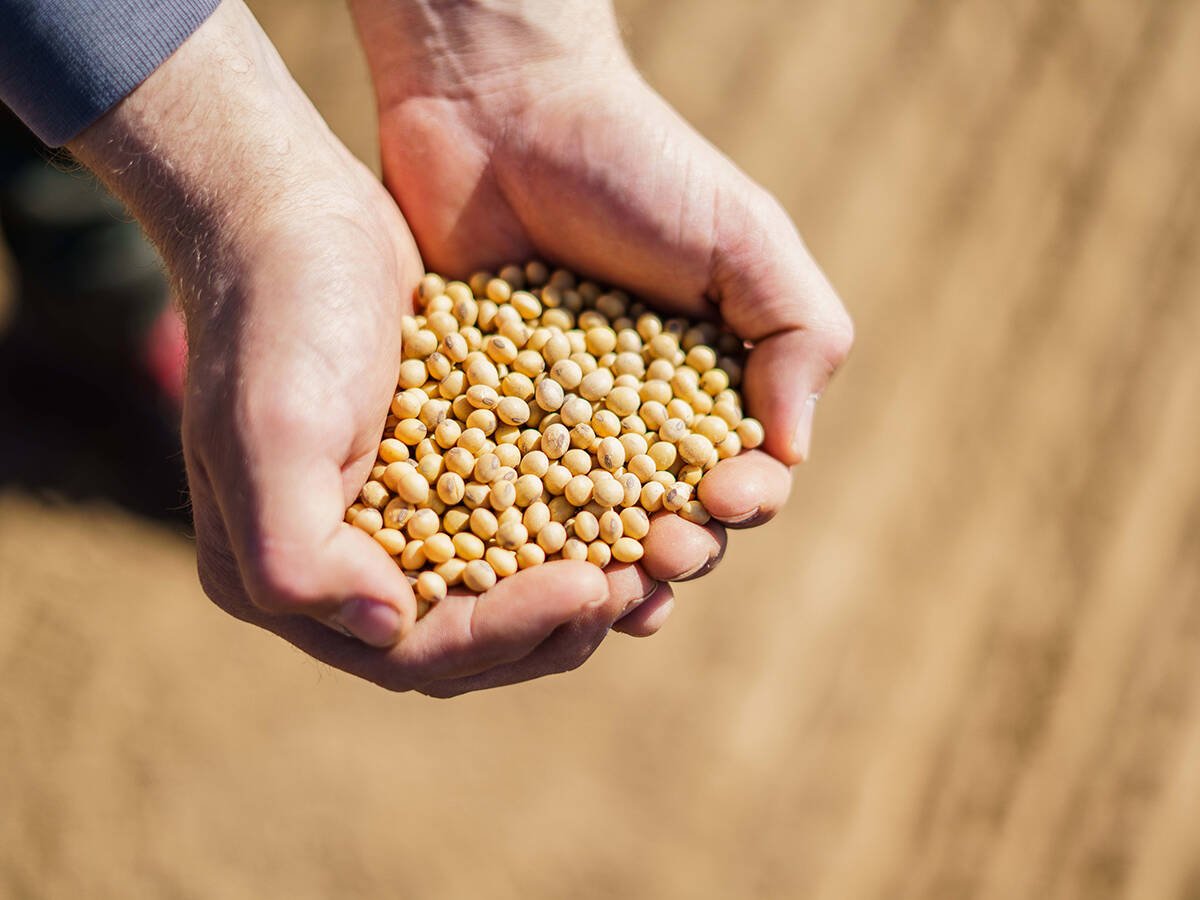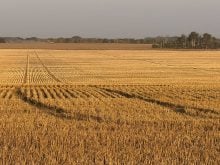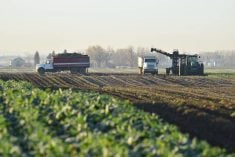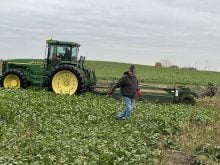Some people may see the jumble of old tractors, thrashers and mowers along the edges of farmyards as an eyesore.
An Australian researcher sees farm machinery graveyards as an important piece of prairie heritage.
“The places have been largely overlooked in its significance to agriculture heritage,” said Di Smith, with Flinders University in South Australia.
Smith is in Canada doing an archeological comparison of Australian and Canadian farm machinery graveyards as part of her PhD thesis on the Archeology of Farm Graveyards of Vehicles and Machinery.
Read Also

U.S. government investigates high input costs
The USDA and DOJ are investigating high input costs, but nothing is happening in Canada.
As far as historical markers go, the pile of old machinery doesn’t often get a second look from farmers, let alone a thorough examination by scholars for its role in Canadian’s culture heritage. Smith believes the farm machinery graveyards must be photographed, categorized and talked about before they rust away and the history they contain is lost forever.
“For me they’re an important part of farmers’ heritage,” said Smith.
Canada and Australia are among the few countries with vast tracts of land that allow for farm machinery graveyards.
In Europe, land is too expensive, and recycling is too common to have almost 100 years worth of old farm machinery parked along the trees.
“The graveyards could be considered a repository of memories,” said Smith, who has examined five machinery graveyards in southern Alberta as part of her thesis comparison.
“It would be just like looking through the pages of the photo album. You could walk through the site. For many farmers, the old machines are their old work horses that have been faithful for many years.
“The sites have deep meaning to farmers as a place where they can visit and recall memories that are associated with their machines or associated with people they’ve lived and worked with.”
While the machinery graveyards may have historical significance, they also play a practical role, said Smith.
They can be used for filling a hole in the landscape or getting rid of obsolete machinery that no longer has monetary value, or they can be used to block erosion or floods and sometimes become fences.
Depending on the age of the machinery, the graveyard can be like a spare parts store to keep present equipment operating, used as a salvage lumber yard or provide the start of a home-made recreational vehicle.
Most are about one acre in size in a linear arrangement, but Smith has studied machinery graveyards that have spun out of hand.
“I’ve looked at places where people go on accumulating, even if they haven’t been used on the farm, they go on buying them and it becomes a bit of an obsession. They buy one type or make of vehicle thinking sometime in the future they’ll have enough time to restore some of these.
“It seems to get out of hand, or that time in the future never comes, and you’re left with these big piles of material everywhere.”
In Australia, many sites are considered a retirement fund. The farmer has the vision that one day he’ll turn the site into a type of pioneering village or restore a lot of machines to build a display that could bring returns.
Smith said there are a few differences between the graveyards of the two countries. The machinery in Canada tends to be larger, whereas in Australia, the farm machinery graveyards tend to have more household appliances like old stoves or washing machines.
In both countries there was little household waste. As these sites were being built, there was a clear distinction between household waste and the farm machinery storage area.
“It’s not necessarily a junk pile for everything,” she said,
Another difference Smith noticed in Canada was that there were three to six vehicles stored in the farm graveyard that didn’t belong to the farmer.
They usually came from someone in town who no longer had space.
“When you ask them how long have they been here for, they say ‘Oh not long.’ When you ask them about how many years they pause and say ‘I think 12 years or so,’ ” she said.
As part of her examination, Smith walks through the graveyard with the farmer or his family and a tape recorder to record the oral history. She then photographs and measures the site.
Smith said she’s all for recycling and cleaning up the environment, but the history of the sites must be recorded before it’s lost. Unlike bone or metal from ancient sites, the wood and modern metal won’t last forever.
“Once the site is removed, a lot of the information gets lost.”














